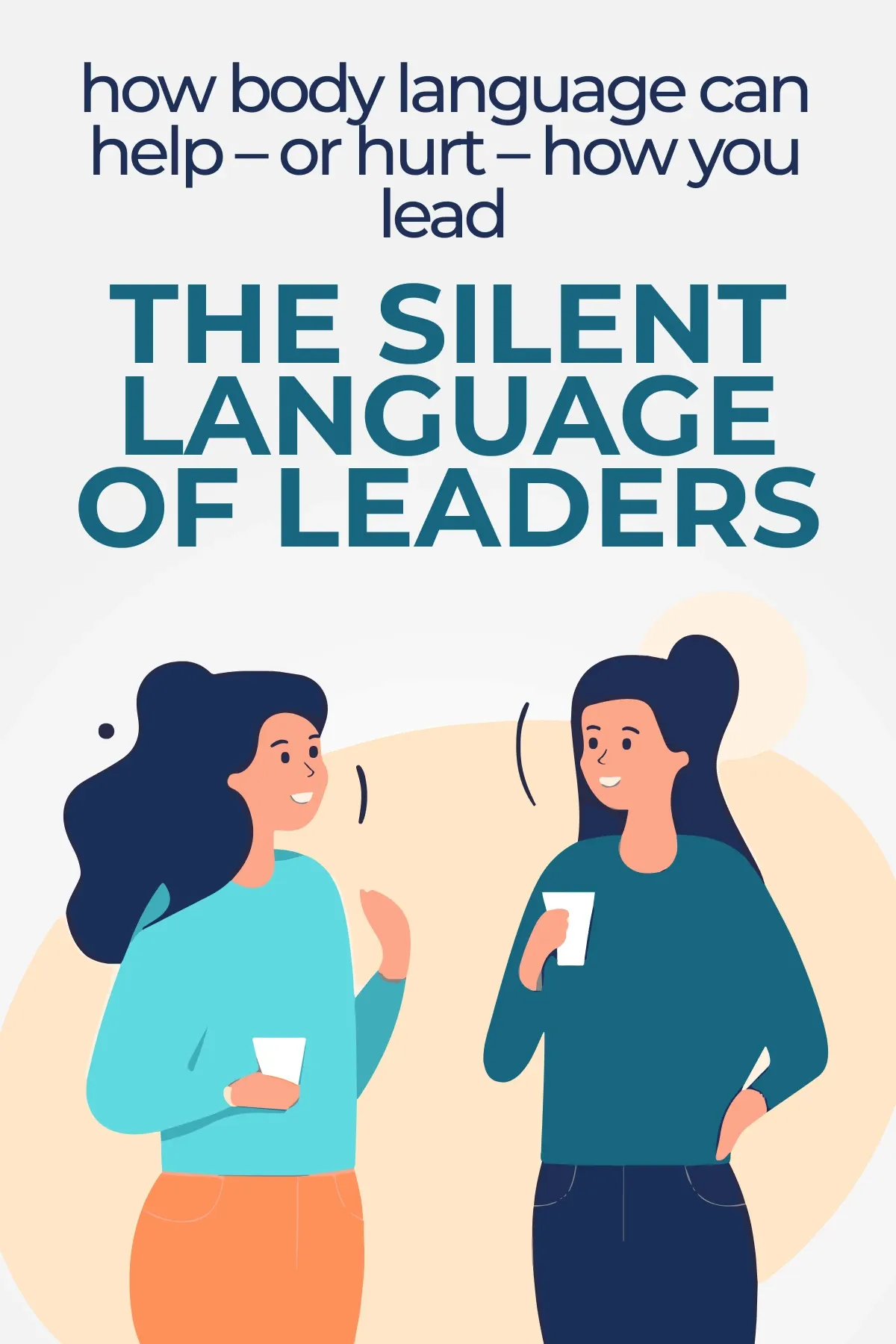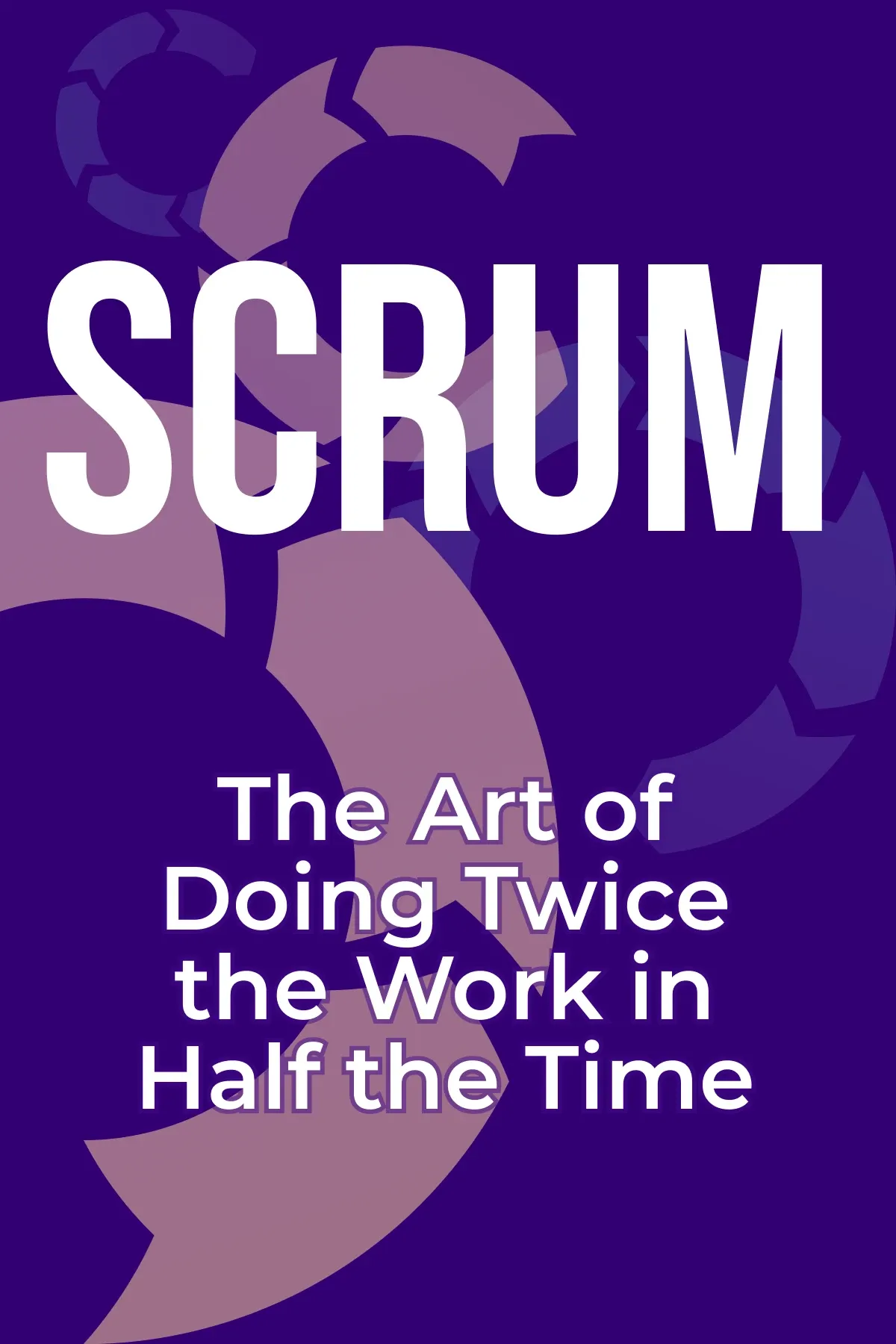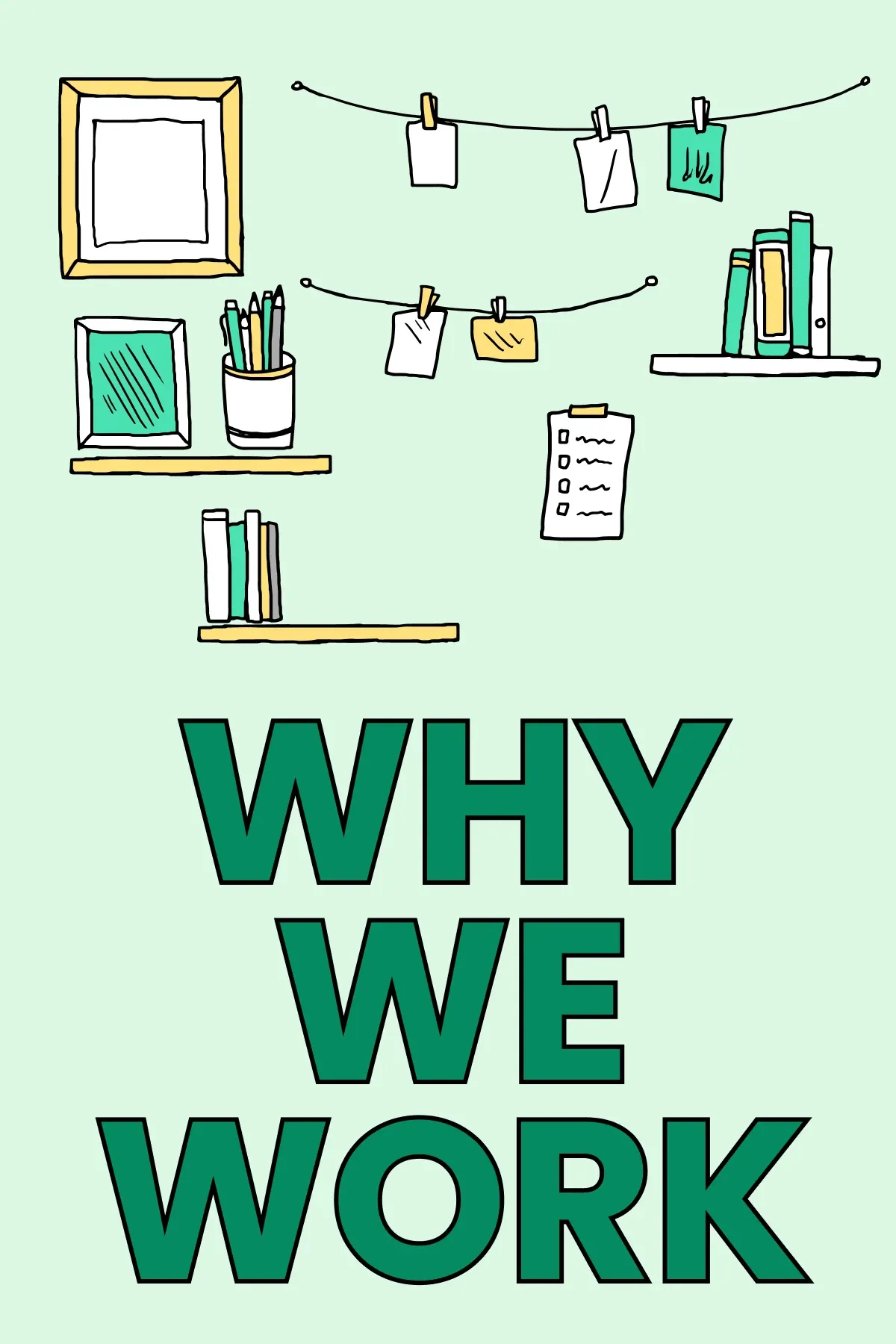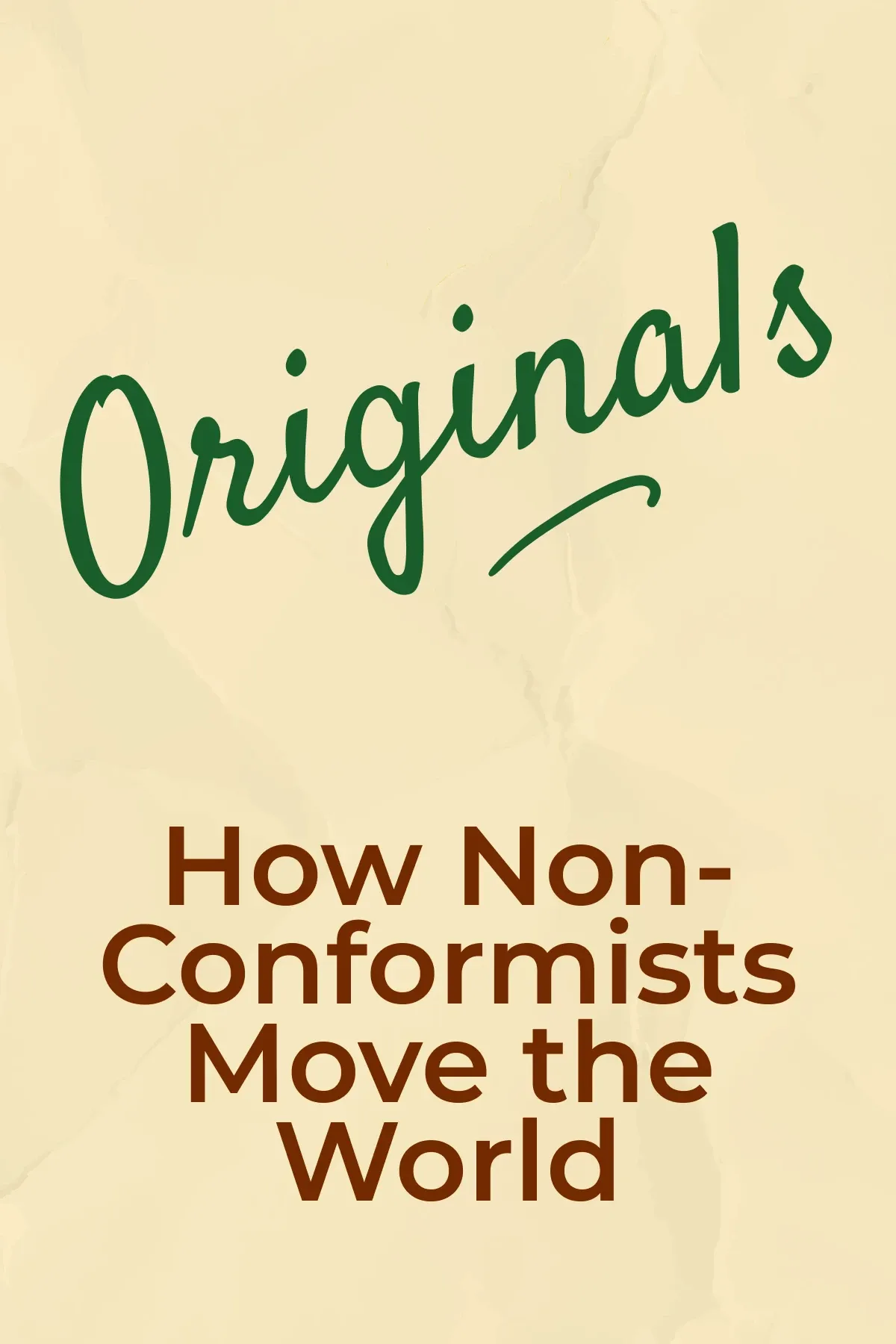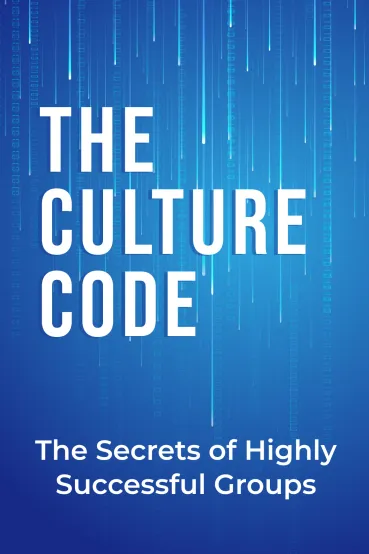
The Culture Code
Brief Summary
“The Culture Code” by Daniel Coyle decodes the intricate world of organizational culture. The book reveals the essential elements that foster a thriving work environment. Delving deep into successful teams and organizations, Coyle unveils the core principles that drive cohesiveness, creativity, and success.
Topics
Key points
Key idea 1 of 9
Teams and organizations are a bit like engines. Some purr along smoothly, while others seem to supercharge, pushing beyond expectations. When Daniel Coyle delved into the dynamics of varied entities, from comedy groups to eateries, he wasn’t looking for the standard ingredients of success. Instead, he was after the elusive magic that made some organizations outperform others.
You might think that the key to success lies in ample financial resources and advanced skills. However, some teams managed to achieve more than what seemed possible, even without vast resources or towering expertise. It was as if these groups had discovered a way to multiply their capabilities rather than just adding them up.
So, what made these teams tick differently? You won’t find the answer in material or obvious assets but in the intangible realm of organizational culture. It isn't about luxurious office spaces or fancy titles but a more profound bond. It's about trust. It's the kind of environment where everyone feels they can speak their mind, knowing they'll be heard and not judged. Furthermore, it's also about accepting vulnerabilities. Here, errors aren't brushed under the carpet. They're discussed, learned from, and even appreciated. But perhaps the most significant binding force is a shared goal. Everyone, from the top executive to the newest recruit, feels connected to a common purpose, driving them forward.
Now, the term organizational culture might sound a bit academic. But it shapes everything, from how new ideas arise to how profits are made. And while competitors might mimic products or strategies, they can't copy culture. It's that unique signature that sets one organization apart from the next.
Understanding culture is a bit like reading between the lines. It's not just about the daily tasks that employees do. It's also about the underlying beliefs, the shared values, and the collective ambitions. Likewise, it gives meaning to every action, connecting the dots between the job's practical side and the bigger picture. And when employees see the larger narrative, it's not about punching in and out. It's about being part of a shared journey.
You may also like these summaries




